
Gli strumenti di intelligenza artificiale online stanno rapidamente trasformando l'ingegneria meccanica aumentando le capacità umane di progettazione e analisi, produzionee manutenzione. Questi sistemi di intelligenza artificiale sono in grado di elaborare grandi quantità di dati, identificare modelli complessi e generare soluzioni innovative molto più rapidamente dei metodi tradizionali. Ad esempio, l'IA può aiutarvi a ottimizzare i progetti per le prestazioni e la producibilità, accelerare simulazioni complesse, prevedere le proprietà dei materiali e automatizzare un'ampia gamma di attività analitiche.
I suggerimenti forniti qui di seguito aiuteranno, ad esempio, a progettare in modo generativo, ad accelerare le simulazioni (FEA/CFD), ad aiutare nella manutenzione predittiva, dove l'intelligenza artificiale analizza i dati dei sensori dei macchinari per prevedere potenziali guasti, consentendo un'assistenza proattiva e riducendo al minimo i tempi di inattività, ad aiutare nella selezione dei materiali e molto altro ancora.
- Questa pagina è specifica per un dominio. Se necessario, è possibile disporre di funzionalità di ricerca complete per tutti i domini e tutti i criteri nel nostro > Elenco dei suggerimenti AI <, dedicato a progettazione del prodotto E innovazione.
- Per motivi di tempo e di risorse del server, le richieste sono riservate ai soli membri registrati e non sono visibili in basso se non si è registrati. È possibile registrarsi, 100% gratuitamente:
È necessaria l'iscrizione
Per accedere a questo contenuto è necessario essere membri.
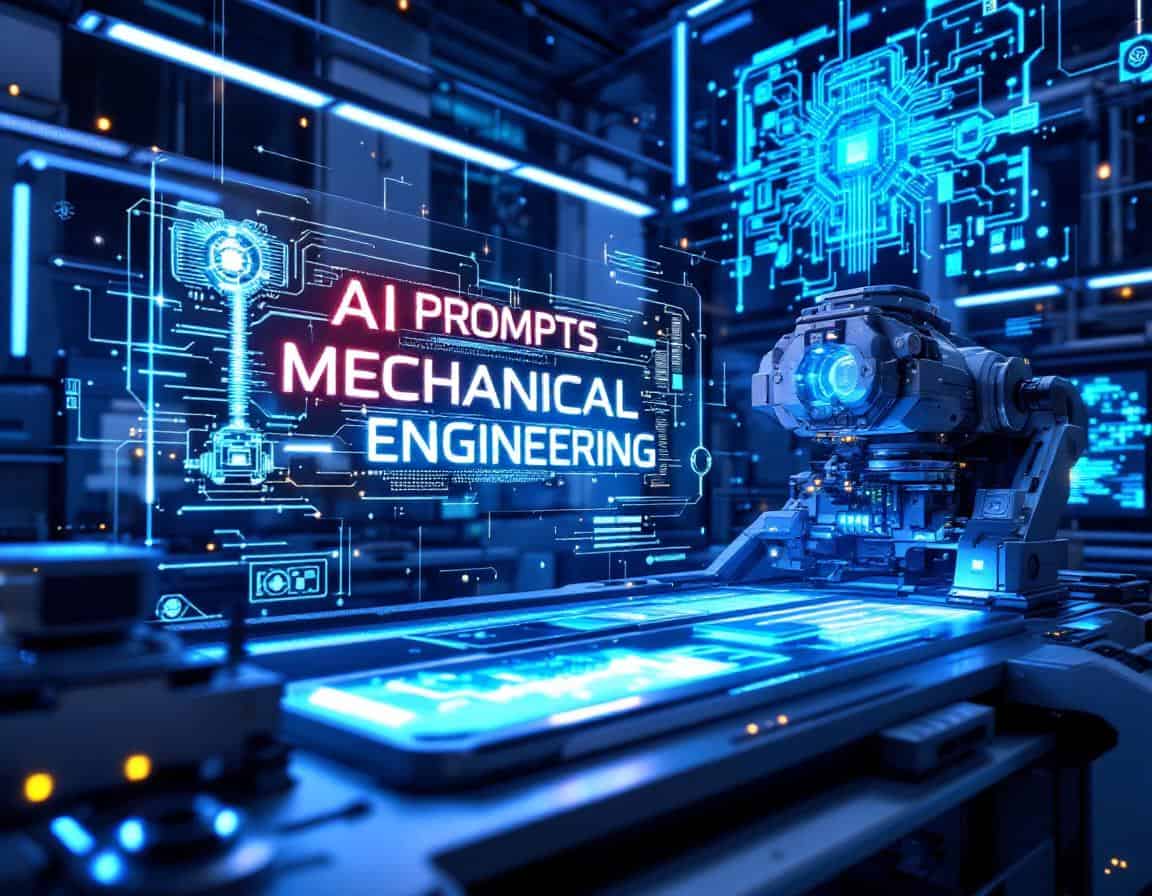
















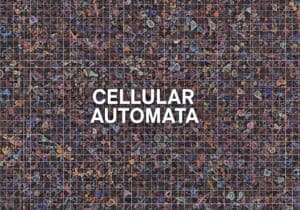

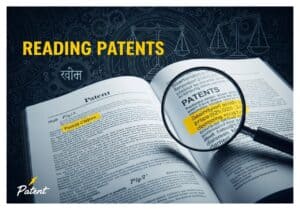

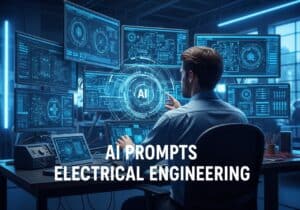
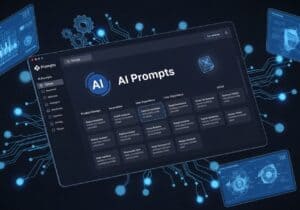
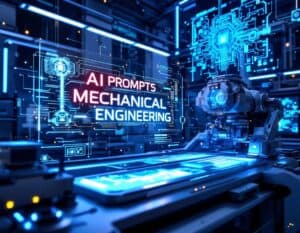



Stiamo dando per scontato che l'IA possa sempre generare i migliori prompt in ingegneria meccanica? Come vengono generati?
L'intelligenza artificiale renderà superflui gli ingegneri umani?
Post correlati
Ultime pubblicazioni e brevetti su strutture metallo-organiche (MOF)
Ultime pubblicazioni e brevetti sui framework organici covalenti (COF)
Ultime pubblicazioni e brevetti su aerogel e aerografene
Ultime pubblicazioni e brevetti sugli ossidi ad alta entropia (HEO)
Ultime pubblicazioni e brevetti sugli MXeni
Ultime pubblicazioni e brevetti sui Quantum Dots